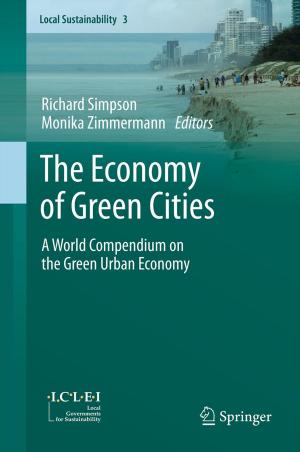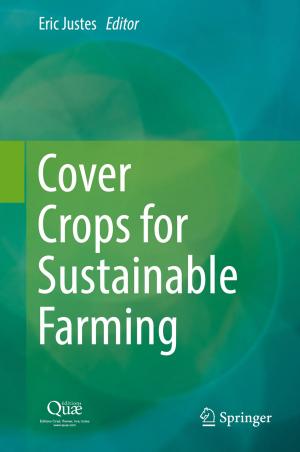Sequence Stratigraphy and Depositional Response to Eustatic, Tectonic and Climatic Forcing
Nonfiction, Science & Nature, Science, Earth Sciences, Oceanography| Author: | ISBN: | 9789401585835 | |
| Publisher: | Springer Netherlands | Publication: | March 9, 2013 |
| Imprint: | Springer | Language: | English |
| Author: | |
| ISBN: | 9789401585835 |
| Publisher: | Springer Netherlands |
| Publication: | March 9, 2013 |
| Imprint: | Springer |
| Language: | English |
Sequence stratigraphy has advanced considerably since the early applications of the concepts on seismic data. It attempts to discern the migration of facies re sulting from changes in a combination of factors such as, sea level, tectonics, climate and sediment flux, and integrates it with a meaningful chronostratigraphy. The stratigraphic record is envisioned as a framework of repetitive packages of genetically-related strata, formed in response to the shifting base level, in which the locus of deposition of various sediment types may be anticipated. This attribute is rapidly promoting sequence stratigraphy as an indispensable tool for prediction of facies in exploration and production geology. In hydrocarbon exploration the application of sequence stratigraphy has ranged from anticipating reservoir- and source-rock distribution to predicting carbonate diagenesis, porosity and permeability. The capability to anticipate vertical and lateral distribution of facies and reservoir sands in the basinal, shoreface, incised valley-fill and regressive settings alone has been a great asset for exploration. In frontier areas, where data are often limited to seismic lines, sequence-stratigraphic methodology has helped determine the timing and of types of unconformities and anticipate transgressive- and regressive-prone intervals. In production it is aiding in field development by providing improved source and seal predictions for secondary oil recovery. A recognition of stratigraphic causes of poor recovery through improved understanding of internal stratal architecture can lead to new well recompletions and enhanced exploitation in existing fields. The sequence-stratigraphic discipline is in a state of rapid expansion.
Sequence stratigraphy has advanced considerably since the early applications of the concepts on seismic data. It attempts to discern the migration of facies re sulting from changes in a combination of factors such as, sea level, tectonics, climate and sediment flux, and integrates it with a meaningful chronostratigraphy. The stratigraphic record is envisioned as a framework of repetitive packages of genetically-related strata, formed in response to the shifting base level, in which the locus of deposition of various sediment types may be anticipated. This attribute is rapidly promoting sequence stratigraphy as an indispensable tool for prediction of facies in exploration and production geology. In hydrocarbon exploration the application of sequence stratigraphy has ranged from anticipating reservoir- and source-rock distribution to predicting carbonate diagenesis, porosity and permeability. The capability to anticipate vertical and lateral distribution of facies and reservoir sands in the basinal, shoreface, incised valley-fill and regressive settings alone has been a great asset for exploration. In frontier areas, where data are often limited to seismic lines, sequence-stratigraphic methodology has helped determine the timing and of types of unconformities and anticipate transgressive- and regressive-prone intervals. In production it is aiding in field development by providing improved source and seal predictions for secondary oil recovery. A recognition of stratigraphic causes of poor recovery through improved understanding of internal stratal architecture can lead to new well recompletions and enhanced exploitation in existing fields. The sequence-stratigraphic discipline is in a state of rapid expansion.















